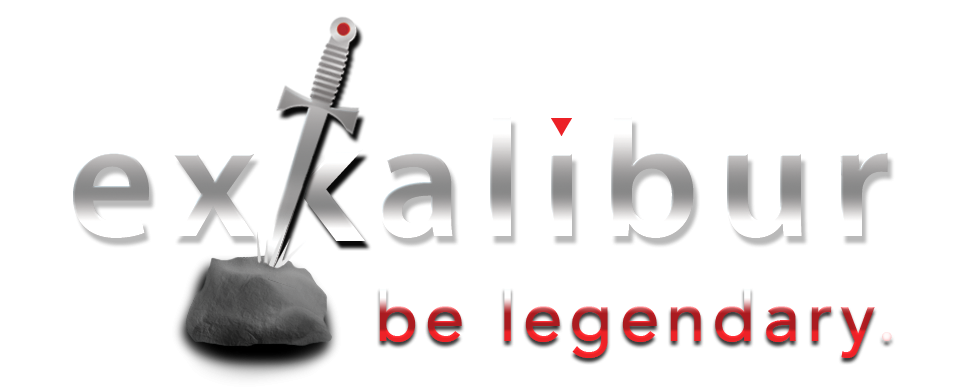There’s more emphasis every day on the value and influence of culture on business success. W hat does it mean if your culture is dysfunctional and your employees think it’s a train wreck?

“He threw a lead crystal ashtray at his son’s head?“ I asked. ”Thank God he missed.”
“He threw his secretary’s typewriter through a second story window – it wasn’t open – into a parking lot full of cars below?”
These are just a few of the stories I heard after I joined the firm.
[pullquote]You do not lead by hitting people over the head – that’s assault, not leadership.” ~ Dwight D. Eisenhower[/pullquote]
Ever feel like you were a galley slave?
In short order, I recognized that the company’s cultural ancestors probably included a toga-clad, sweat-drenched galleon driver pounding out a cadence of “ramming speed” with a wooden mallet.
Their cost-containment strategy was medieval.
The company showed no obeisance whatsoever to any concept of structure or chain-of-command organization.
The chairman slurped a workaholic tonic that abused everyone in sight, brooked little disagreement and intimidated employees, customers and vendors with equal disdain.
Typewriter broken? Just don’t use that letter!
His miserly ways were never more visible than the occasion on which he lost his patience hearing about the infamous typewriter (remember those?) that wouldn’t stay fixed. Spending $500 or so on a new one was out of the question, notwithstanding that far more than that had been spent on a litany of repairs.
On this occasion, I pointed out that among the symptoms of this possessed typing machine was that the letter “L” was irretrievably broken.
His rejoinder? “Just use words that don’t require an ‘L,’” and he walked away. (P.S. We splurged and bought a new one anyway.)
A great friend, mentor and leader
Sid Rich, chairman and founder of Pagoda Trading Co., now the wholesale arm of the Brown Group in St. Louis, was an extraordinary leader who built a fast-growing footwear company back when you could get a toehold with a $1,000 at risk. He passed away in 2009 but he was a true friend, mentor and leader … and a polar opposite of the CEO aforementioned.
It was his genuine humanity that rescued me from a cultural cesspool filled with enmity, reckless behavior and impersonal engagement.
My transition from the Gulag
Sid hired me for my first CFO gig following the Neanderthal regime I just described. When I joined his company, it employed maybe a dozen people, doing about $5 million in annual revenue.
Less than six years later, we had hundreds of employees on several continents and our revenues were approaching $150 million.
Sid was the antithesis of the dictator that preceded him in my professional life. He was generous, probably to a fault. He deftly used the strategy of MBWA – Management by Walking Around – without knowing there was such a school of thought.
Find the need – without asking – and fill it
If in those travels, he uncovered an employee with a financial problem, they’d find themselves in his office almost immediately – and would walk out of there with his personal check to remedy the situation – no strings attached and never mentioned again.
He built a culture of loyalty without trying, extending a helping hand before anyone asked … with no expectation of repayment, no connection to performance appraisals or promotion. Just a simple, honest connection to people and their humanity.
Don’t need an Employee Manual
Sid embodied a spirit of generosity that transcended company policy, employee manuals or traditional guidelines for best practices.
(In fact, I’m not sure that we had an employee manual in those days.)
Sid didn’t try to be liked, but he was beloved just the same.
He didn’t try to buy loyalty … but built a team that would knock down walls for him.
Nobody resented his lifelong desire to drive a Rolls Royce because if you needed a car, he’d loan it to you no differently than if it was an old jalopy.
In almost six years of intense business building, I only saw him lose his temper once – and for good reason – and it was resolved before the sun set that very day.
A Savvy, Street-Smart Businessman
You might think from this that he was a pushover.
Not hardly.
No one was more committed to building his business or fought as doggedly to get every penny possible from his customers.
He knew better than anyone that profits trump revenue every time.
What a contrast in my first 2 jobs in private industry
Few business executives have served under such markedly different leaders in back-to-back roles, and there are powerful lessons to be taken from these radically different organizations.
What’s most intriguing, measured by traditional metrics, is that both companies were very successful, grew rapidly and profitably – despite the chasm between their respective styles and culture.
Can vastly different cultures produce equally great results?
How can such vastly different cultures beget financially successful companies?
In the next few columns, we’ll shed some light on this phenomenon and see if we can uncover a few lessons that we can apply to our own organizations.
Question: What is the defining feature of the greatest culture you ever worked in? What about the worst? You can easily add your comment below, or by visiting our Facebook Page or @Exkalibur on Twitter. I visit them every day and look forward to discussing these ideas and concepts with you.



